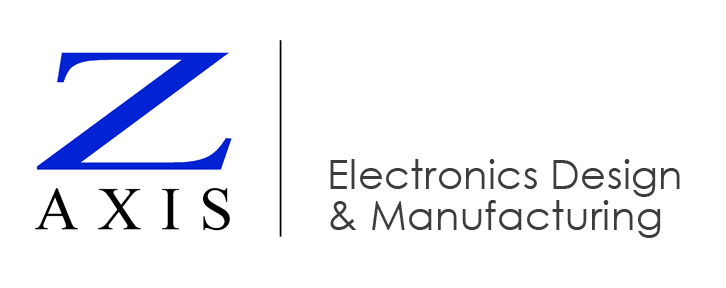Z-AXIS has installed a new SMT line as part of a $1.5 million expansion that began in the spring of 2024. In our last video, you saw how we load bare boards, apply solder paste, and pick-and-place parts. Now let’s look at the rest of the PCBA process.
From Board Turner to Reflow Oven
When rectangular boards leave our pick-and-place machine, they’re arranged vertically. That’s not the most efficient way to run them through the oven since they can warp under the heat. So, our board turner rotates them until they’re horizontal instead.
Next, the boards are conveyed to a reflow oven where the solder paste is melted and the components are soldered to the board. Our BTU Pyramax oven has eight top and bottom zones for faster throughput.
Each PCBA has its own thermal profile, so we set the oven to the optimal temperature for the board. We also control the temperature ramp-up to activate the flux in the paste and prevent splattering or solder balls.
Fine-tuning the oven’s temperature takes extra effort, but it lets us optimize our soldering process. Other electronics manufacturers may just select a standard thermal profile based on the number of layers instead.
Automated Optical Inspection (AOI)
Next, the boards exit the oven for automated optical inspection, or AOI. Our Omron machine detects any defects in the boards including missing, incorrect, or misaligned parts.
This advanced 3D Omron AOI also detects errors such as volume of solder, fillet height, and any possible bridging. This inspection is all done according to the IPC 610 standard.
This is a game-changer for increased quality, especially in a high-mix environment where boards can have thousands of parts. Other manufacturers test boards for quality, but Z-AXIS also inspects for it during production.
Barcode Scanning and Inspection
After a board exits the Omron AOI, an inspector uses a barcode scanner to reveal any defects. The Omron supports off-line work, and an inspector can then address any defects such as solder bridges.
With our new SMT line, human hands don’t touch a board from the time it’s loaded to the time it’s manually inspected and scanned. When a board is put on a tray, the process is complete.
